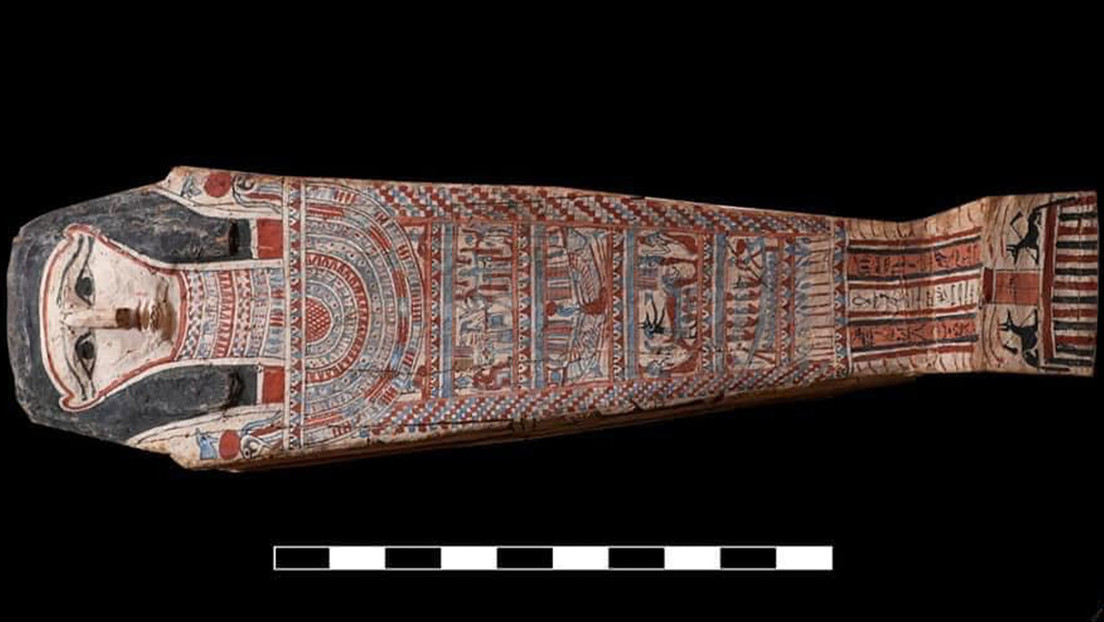
During the tenth season of excavations at the Yerza cemetery, in the Egyptian province of Fayoum, the archaeological mission in charge of the investigation discovered a huge funerary building from the Ptolemaic and Roman eras, as well as a variety of historical pieces, mummy portraits and a rare terracotta statue, the Ministry of Antiquities reported on its social networks on Thursday.
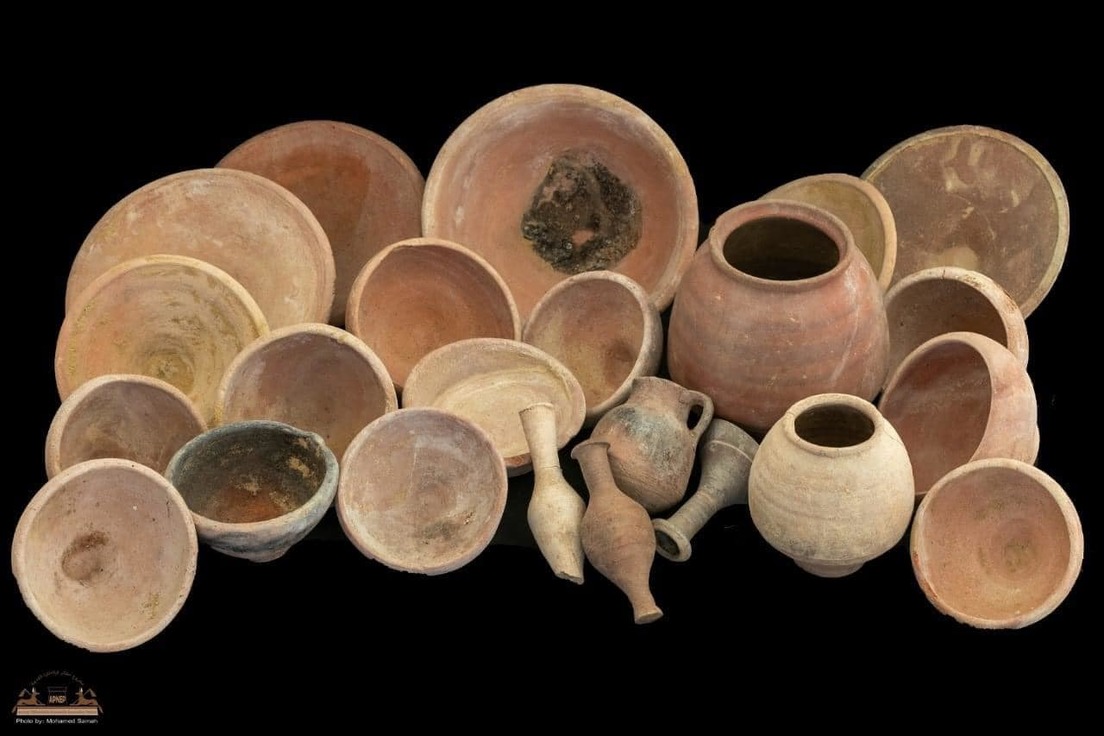
The huge and lavish complex, detailed Adel Akasha, head of the Central Department of Egyptian Archaeology, mixes the architectural style of the burial houses of the ancient Egyptian and Greek civilizations. Inside, the experts discovered a floor of colored limestone and decorated with multicolored tiles, he added.
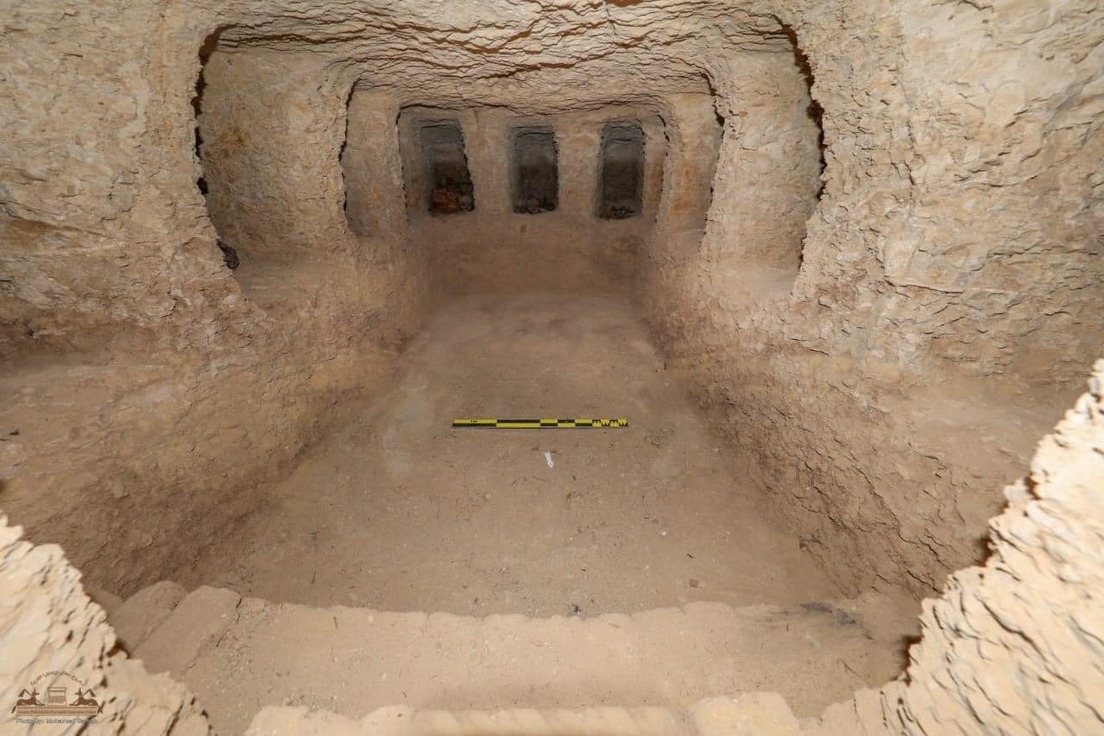
In what Akasha described as the most important archaeological find of the season, they found naturalistic portraits of mummies, known as Fayoum portraits. These are the first examples of this mortuary art discovered in more than a century, since the English archaeologist Flanders Petree did the same about 115 years ago.
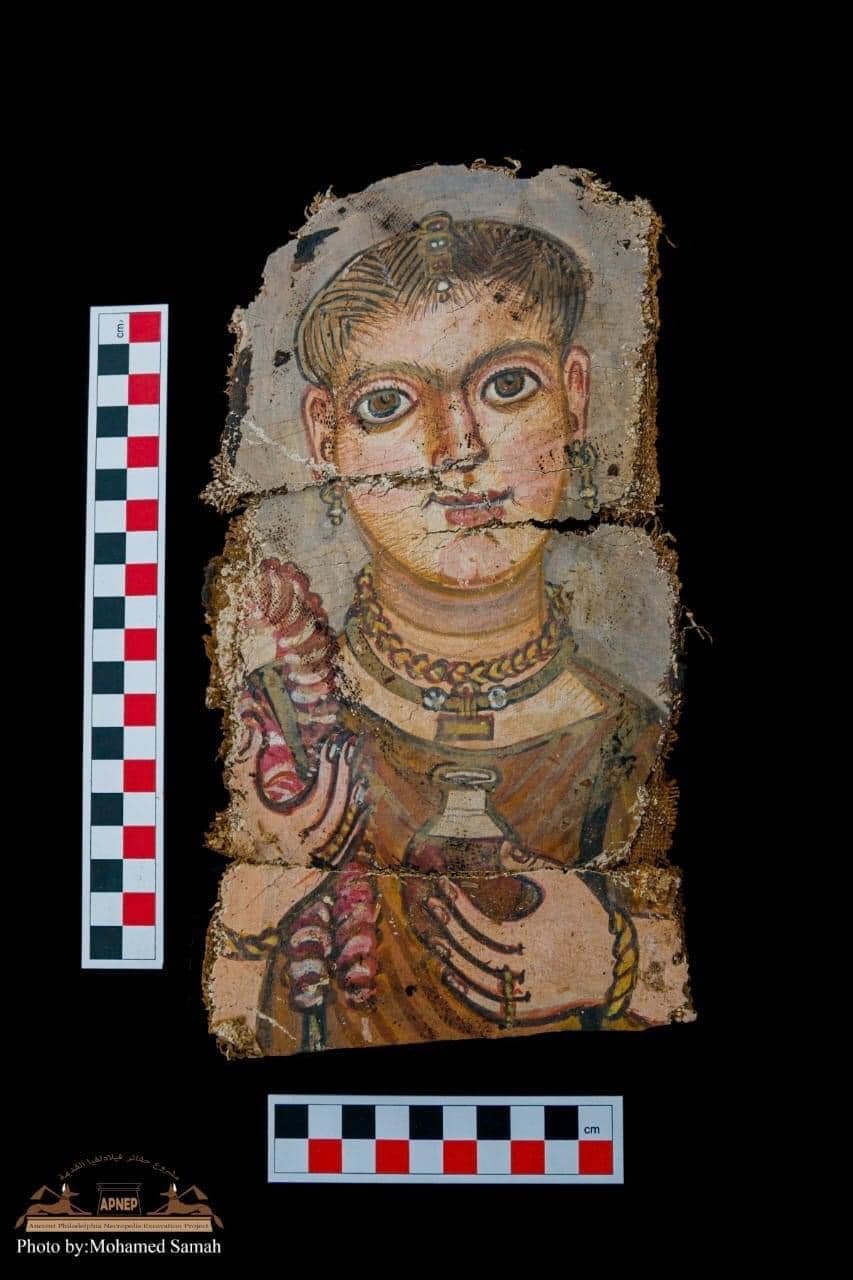
Likewise, Basem Jihad, head of the excavation, pointed out that the archaeologists recovered a series of coffins of different styles, some of which were built following a human form, highlighting the Egyptian tradition, while others follow Greco-Roman design patterns.
The mission also found buried in a wooden coffin a rare terracotta representation of the goddess Isis Aphrodite, as well as a collection of papyri in demotic and Greek script, which account for the social, economic and religious conditions of the region during that time.
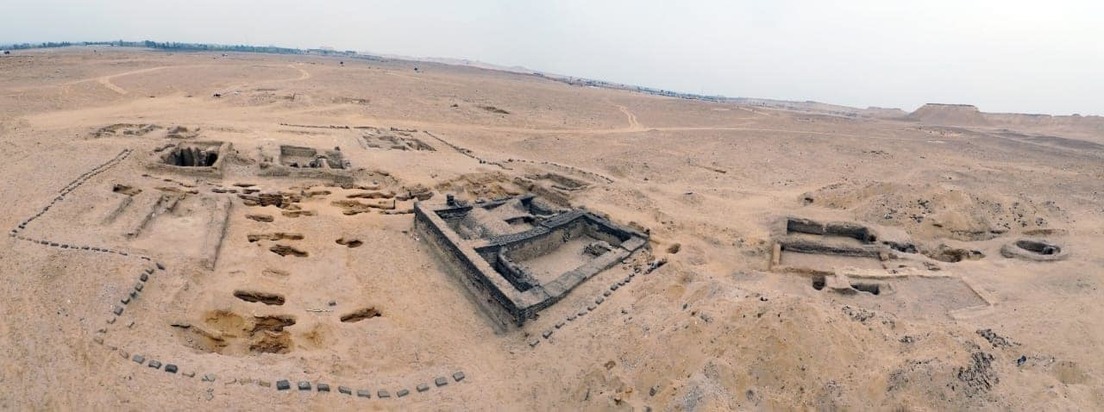
The village of Philadelphia, as Gerza was known in the Greek era, was founded in the 3rd century BC. C. as an important town to promote the agrarian reform carried out by King Btalmio II (Philadelphus). Since the investigations began in 2016, various archaeological pieces and structures have been found that reflect the importance of the place throughout its almost 600 years of occupation, as well as the fusion of Greek and Egyptian architectural traditions and styles. (Text and photos: RT in Spanish)